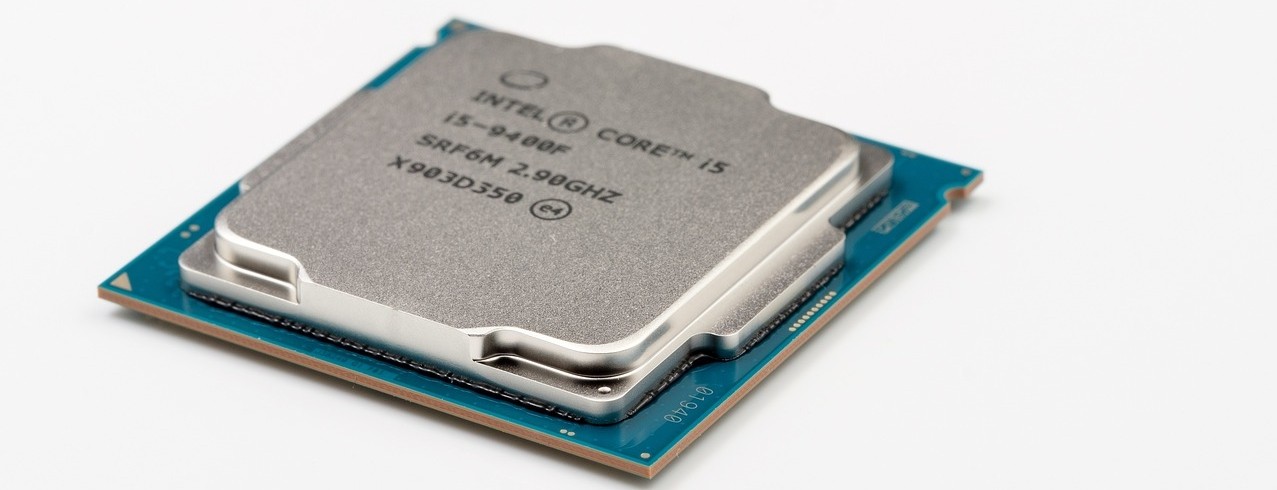
UC electrical engineering graduate developing future Intel chips
Megha Chitranshi shares her UC experience in nanotechnology research
While earning her doctoral degree in electrical engineering at the University of Cincinnati, Megha Chitranshi focused her research on the creation of nanotube hybrid fabrics to foster a sustainable environment. Chitranshi now works as a yield engineer at Intel. Before she graduated, she was named Graduate Student Engineer of the Month by UC's College of Engineering and Applied Science.
How did you end up choosing UC? What drew you here?

Megha Chitranshi. Photo/Provided
I chose the University of Cincinnati because it has historically been ranked among the top universities in the United States.
The research groups here are making groundbreaking innovations in the fields of nanomaterials and nanotechnology, and the state-of-the-art laboratories and comprehensive curriculum are what allured me towards this world class university.
Why did you choose your field of study?
A lecture from American physicist Richard Feynman "There's Plenty of Room at the Bottom" inspired me to work in the nanomaterials and nanotechnology field. The lecture discussed the manipulation of individual atoms as a possibility and was an influential event in the history of nanotechnology.
What is the goal of your research?
My research, focusing on developing carbon nanotube hybrid fabrics for filtering toxic particles in the air, enables me to work on solutions to ensure the health and safety of individuals and promote a sustainable environment. I am fortunate to work with advisers, including Marc Cahay, head of the department, who are experts in the field and are continuously working towards scientific breakthroughs to achieve a better future to help people and the environment.
What are some of the most impactful experiences during your time at UC?
I worked as a teaching assistant for various courses in the Department of Electrical and Computer Engineering (ECE), and for two semesters was an instructor for the Digital Design course. I always enjoy teaching students. Helping them understand the logic behind the labs, creating their interest in the subject and helping them rectify the problem is rewarding. I also served as vice president of ECE's Graduate Student Association and worked with the president overseeing the mission, objectives and goals.
What are a few of your accomplishments of which you are most proud?
My greatest achievement is that I helped my lab to get funding for two new projects. It was during the height of the pandemic, and government agencies were providing funds for projects related to COVID-19. I drafted a proposal for our material, submitted it and it got approved.
I was the principal investigator for those projects. My responsibilities were defining the goals of the project, coordinating with the collaborators, collecting and analyzing the data from multiple departments and communicating the findings and next steps.
After the funding period, I presented my findings to the experts in the field and received a Distinguished Podium Presentation Award amongst the best in the field.
You graduated in 2022. What have you been doing since earning your Ph.D.?
I am working for Intel as a yield engineer in the research and development domain in chip fabrication. I am supporting current programs for developing future Intel chips.
Featured image at top: Intel chip. Photo/Pixabay
Related Stories
Scholarship success: Two UC grads shine at spring commencement
May 9, 2024
In a testament to the transformative power of education and financial support, Precious Randall and Corin Manning, recent graduates of the University of Cincinnati, have emerged as shining examples of success. Each graduated with bachelor's degrees from CECH in spring of 2024, but what sets them apart is not just their academic prowess; it's their remarkable journey made possible by scholarships that paved their paths to success.
UC offers experiential learning exploring India's fashion and craft culture
May 9, 2024
UC offers experiential learning in India, offering a profound exploration of India's fashion and craft culture, leaving an indelible mark on the participating students.
New AI tool assesses risk of self-harm
May 9, 2024
An assessment tool that leverages a powerful new artificial intelligence was able to predict whether patients exhibited suicidal thoughts and behaviors using a quick and simple combination of variables.
